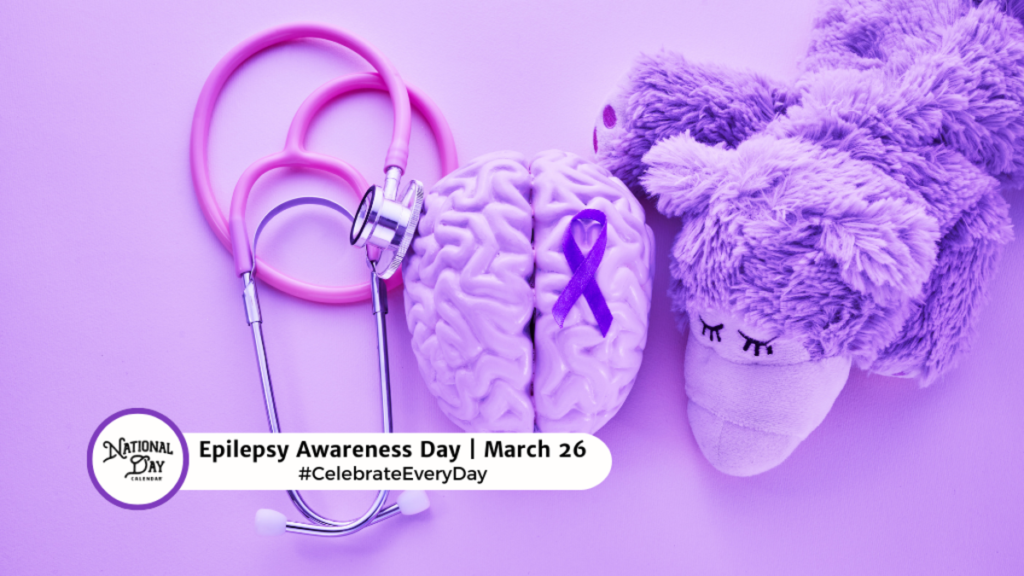
As the world marks Epilepsy Awareness Day on March 26, the hue of purple unfurls as a powerful symbol, illuminating the path towards understanding, support and advocacy for those affected by seizures and epilepsy, but also as a poignant reminder of the resilience and strength embodied by those living with the condition. According to the World Health Organization (WHO), over 50 million people around the world have the disorder and it can happen to anyone at any age.
The term “epilepsy” is simply another name for seizure disorder. According to the Epilepsy Foundation, epilepsy is a neurological condition that causes recurring, unprovoked seizures. Though not all seizures are caused by epilepsy, when a person has two or more without a cause, they are said to have epilepsy. Lavender is recognized as the international flower of epilepsy as people in ancient times used it to treat seizures. The color purple stands as a symbol of solitude with those fighting the disorder.
TeAhna Lawrence, a fourth-year healthcare management student at Florida A&M, says that this day is important to her because her 22-year-old sister has been living with the condition since birth.
“Bringing awareness and learning that even if it doesn’t affect you personally that you should try to watch for signs for it in people,” Lawrence said.
She adds that many times her sister has been seizing and looked completely normal. “A seizure can be happening, and you don’t even realize it,” she said.
According to the Epilepsy Alliance of Ohio, more than 7 out of every 10 cases have no exact cause to be found. Along with this, it makes the signs even harder to identify. While some may react in a form where their body shakes violently, some may just stare into space. Other signs can include loss of awareness, stiffness of the body, loss of bowel or bladder, rhythmic head nodding, and rapid blinking, according to the foundation.
It is estimated that up to 70% of people living with epilepsy could live seizure-free if properly diagnosed and treated. Medical treatment and preventing bodily harm during seizures is imperative to preventing post-traumatic epilepsy.
Ways to observe Epilepsy Awareness Day, also known as, “Purple Day,” is to wear the color, donate to research, volunteer at a related event, and to stay educated on the topic.
More information about epilepsy and how to support can be found at https://www.purpleday.org/.
Source link








Leave a Comment